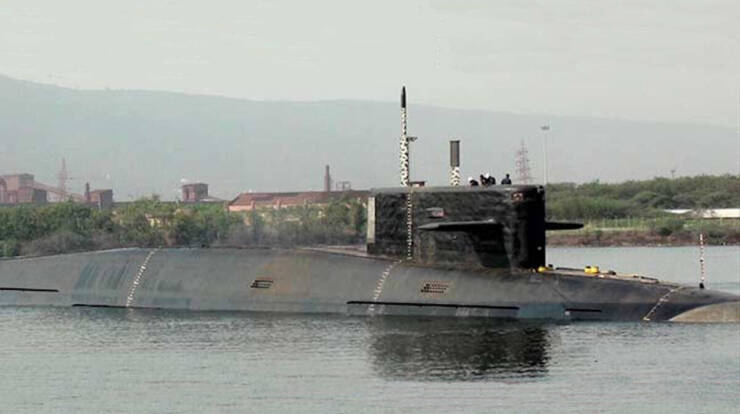
India has decided to build six advanced submarines at a cost of Rs. 43,000 crore to boost its Navy’s underwater capacity. The new submarines will be equipped with air-independent propulsion systems enabling them to stay underwater for longer periods; this feature will also enhance their combat capabilities. China’s growing aggressiveness and assertiveness is one of the key factors behind India’s long-overdue move. Despite the fiscal constraints that the Covid-19 pandemic has imposed on the national exchequer, it is no longer possible to postpone the plan to boost India’s naval capabilities.
India currently has about 15 conventional submarines in operation. But several of these have become outdated and require immediate replacement. The Indian Navy also has two nuclear-powered submarines, the INS Chakra and the indigenously built INS Arihant. But as per media reports, the INS Chakra has been returned to Russia, which had leased it to India. Therefore, India will have to address the submarine shortage issue sooner rather than later. In contrast, China has invested to such an extent in modernising its naval power that it is unparalleled in the post-Second World War era. The rapid expansion of the Chinese Navy and its deployment in the Indian Ocean Region (IOR) and at its base in Djibouti in the Horn of Africa is India’s primary naval concern.
The events of strategic importance are so kaleidoscopic and so fleeting in their effect that few can be expected to picture it all clearly in their minds. But what is certainly evident is the shifting of global order amid the unexpected rise of China. It has also led the US to make a decisive shift in the overseas deployment of American forces. During the Cold War years, the US deployment was largely concentrated in Europe, particularly in Germany. After the 9/11 terror attacks, the US began to shift its priorities to the Middle East. But now the American focus has undergone a change, with the bulk of the US overseas forces concentrated in the Indo-Pacific region.
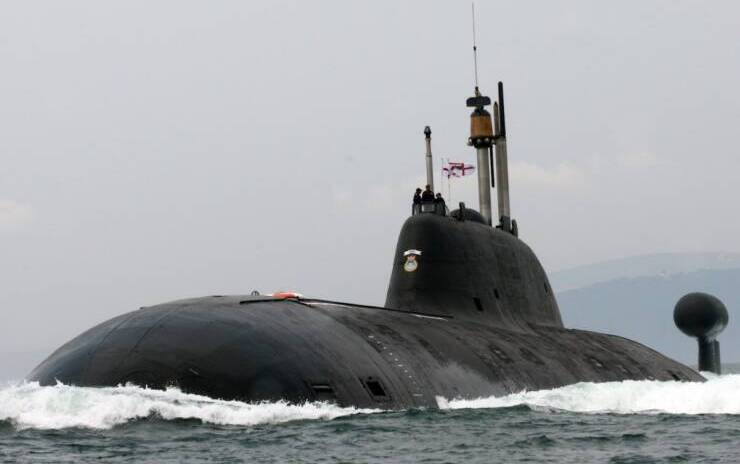
The evolving situation in the Indo-Pacific region in the wake of China’s increasing muscle-flexing has become a major headache for all the leading democratic powers. The prevailing atmosphere of great power mistrust has also impacted the military budgets of all major Asian countries. Though China has reduced the number of its troops, it has substantially increased its military hardware such as fighter jets, missiles, cruisers and nuclear submarines. Compared to last year, China’s 2021 defense expenditure increased by 6.8%, which is unusual.
China is ramping up its military capabilities, especially its naval modernization efforts, thus making it a daunting force not only in the vicinity but also in distant waters in the western Pacific and the Indian Ocean. China has been flexing its muscles in the South China Sea owing to several maritime disputes with its neighbours. This has made all these countries apprehensive of China’s activities as a threat to their regional security and maritime interests, converting the region into a new geopolitical hotspot of engagement and confrontation.
From the Indian perspective, the Chinese belligerence has been on full display in the Ladakh region, where its actions constantly belie the agreed disengagement process with India. Some analysts view China’s escalated land border frictions at the LAC as its strategy to dissuade India from actively engaging with the Indo-Pacific countries, and to secure it from getting encircled in the maritime region.
In order to maintain the military balance in Asia, the US has no option but to become proactive in the region. Since the task cannot be achieved alone, America has stepped up cooperation with some select allies who have been bound together by a shared sense of values such as human rights, democracy and sustainable growth. The Quadrilateral Security Dialogue, or Quad, comprising the US, Australia, Japan and India, is widely viewed as a potent platform to counter the growing Chinese maritime claims.
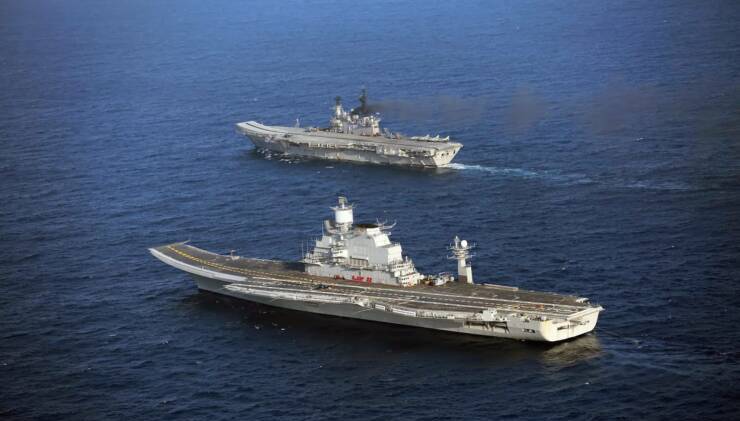
Japan has been a long-time promoter of the Quad’s unity. It has recently decided to scrap the 1 percent GDP limit on its defense spending as Japan’s regional security environment has undergone a change due to China’s rise. That is why China regards the Quad as a military alliance created to respond to its growing economic and military strength. As far as Australia is concerned, it is not in direct confrontation with China, but since China is constantly undermining the liberal rule-based world order, it has certainly changed the dynamics between the two countries. Australia’s participation in the Malabar naval exercise is seen as formalisation of the Quad.
Indian Army Chief General MM Naravane recently clarified that the Quad does not intend to become a military alliance. Naravane said that some countries are portraying the Quad as a military alliance to raise unnecessary fears despite no concrete evidence to back their claims. The first Quad Summit in March pledged to strengthen cooperation in dealing with challenges that are not limited to the military domain but also include all types of security challenges. Deliberations at the Quad Summit also included vaccine collaboration, climate action and emerging technologies.
However, in our neighbourhood, India’s decision to halt export of vaccines may change geopolitical equations. This has allowed China to boost its vaccine diplomacy, and some countries in South Asia and the Indo-Pacific may embrace Chinese vaccines despite their questionable track record. Thus, India’s partners in the Quad must help these countries to manage their responses to Covid-19. Some of this has already been set in motion.
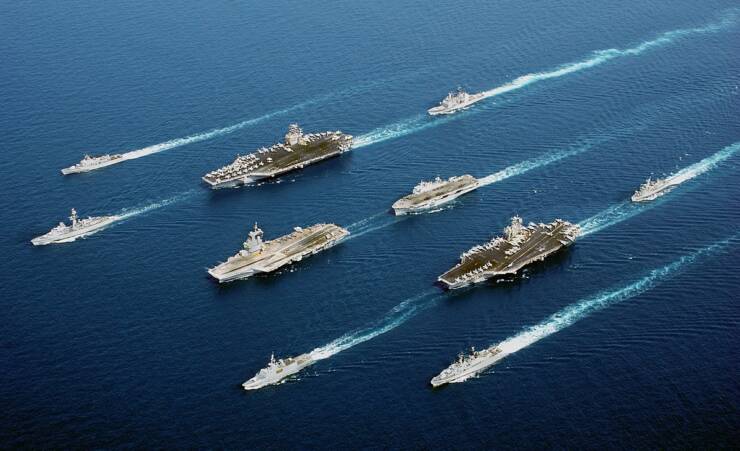
Recently, US Vice-President Kamala Harris informed Prime Minister Narendra Modi of America’s plans to make 8 crore vaccines available to other countries, including India. But much more will have to be done in the coming months. A robust response to the Covid-19 crisis by the US will go a long way in enhancing the credibility of the Quad platform. China may be too strong militarily and economically, but a committed Quad can serve as a bulwark against Chinese dominance.
At present, the Quad is largely a platform for diplomatic discussion and political engagement between the four powers on key strategic issues in the Indo-Pacific region. The Quad evolving into a military alliance is a probability that China is wary of. China perceives it as an Asian version of NATO. At the same time, the Quad countries share their own respective inhibitions in turning it into a military alliance. The growth of the Quad was slow in the beginning but there is no doubt that it is picking up pace.
On the other hand, the US is looking for credible and self-confident players in the region to engage with. And it is also true that the American aversion to China will not be the only deciding factor to determine the US global policy. It is therefore crucial for India to not rely solely on other Quad countries but develop its own maritime capabilities in order to contribute in the grouping as an effective and powerful regional player.
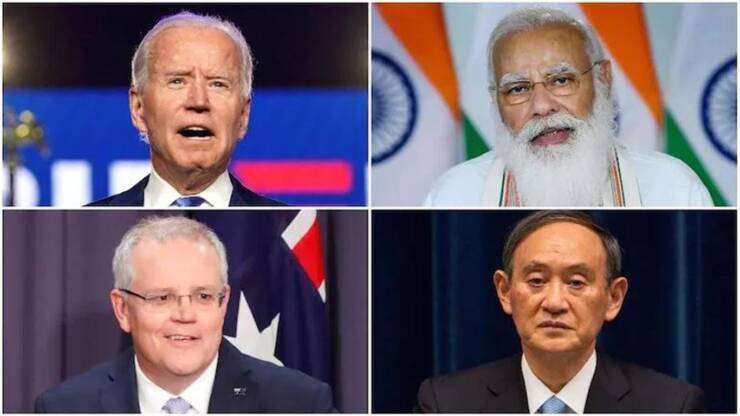
The need for India to boost indigenous efforts in providing cutting-edge military inventory is an abiding theme for the Modi government, but the outcomes have not been very encouraging so far. From India’s active engagement with its Quad partners in the Indo-Pacific to its deepening ties with the Western world, New Delhi will have to redefine the contours of its security and foreign policy posture. If India wants its Quad partners to show more political commitment to counter China’s naval power, they also expect India to boost its military capabilities to be taken seriously.
-The writer is a Research Scholars in the Department of International Affairs and Security Studies at the Sardar Patel University of Police, Security and Criminal Justice, Jodhpur, Rajasthan. Views expressed are personal and do not necessarily reflect the views of Raksha Anirveda








